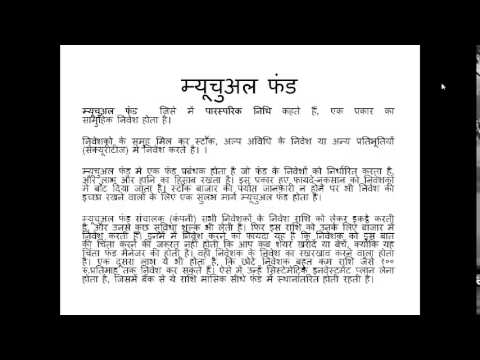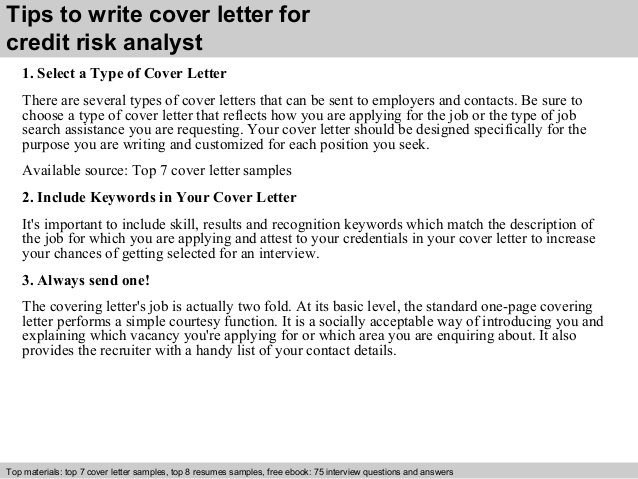Making smalltalk Monetary Policy 101 Making smalltalk
Contents
In addition, EMDEs need to strengthen regulation and supervision of their financial sectors to identify potential systemic risks and risk build-up in specific sectors. Their central banks should regularly monitor banks and NFCs to assess their foreign currency exposures and derivatives positions to limit system-wide financial risks. There is an increased likelihood that the QT may start shortly after the first rate hike and will be more rapid than the last time. After the Fed began tapering in 2014, there was a two-year lag between the first rate hike and the start of the QT process.

Otherwise, central banks risk depleting substantial forex reserves without significant impact, as seen in China and Turkey ( ). Since the Covid-19 related lockdown started in late March 2020, consumer spending has dropped drastically. Infrastructure output as well as industrial output has also been hit. Moreover, social distancing and the fast spreading virus also forced most other countries across the world to lock itself down, resulting in a decline in India’s exports by 36.5% during May, 2020. This steep decline in aggregate demand caused a significant rise in unemployment during April and May of 2020. From the government’s perspective, the best way to deal with this situation is by adopting an expansionary monetary policy aimed at increasing economic activity thereby achieving a higher growth rate.
What is RBI Monetary Policy: Objectives and Instruments
Increasing the reserve requirement would be an example of contractionarymonetary policy, not expansionary monetary policy. We use ‘monetary shock’ and ‘monetary surprise’ interchangeably with ‘shock’ to indicate surprise changes in policy rates announced by the central bank. We construct a new measure https://1investing.in/ of monetary policy shocks for India, and these shocks can be readily used to understand the impact of the RBI’s policy actions. We find that the Indian stock and bond markets pay careful attention to the monetary policy actions and communication of the RBI, and react strongly to monetary shocks.
Nominal GDP targeting is when the central bank targets the level of growth of nominal spending in the economy. Monetary policy is used to manage unemployment, economic growth, and inflation in the country by the Federal Reserve. Statutory Liquidity Ratio – As the name indicates banks have to set aside this much money into liquid assets such as gold or RBI approved securities mostly government securities. Banks earn interest on securities but as yield on govt securities is much lower banks earn that much less interest. As we saw inflation is due to demand supply mismatch i.e. demand for goods being higher than supply. Central Bank is the single most important unit in the whole financial system.
Expansionary Fiscal Policy Examples
Supply side issues not under RBI control- bottlenecks in agri marketing, high prices of crude oil, failure of monsoon etc. Reserve ratio- Banks have to set aside certain percentage of reserves as cash or RBI approved assets. In India RBI and govt signed an agreement for long term inflation target of 4% with 2% range either side i.e. 2-6% inflation. In the last article we understood, although both inflation and deflation are bad for economy, deflation is worse and policymakers always have to guard against possible deflationary tendencies.
- Money becomes costlier when interest rate rises and when RBI makes money to become costlier or dearer, it is said to be following dear money policy.
- In case of a recession in a particular sector, the central bank encourages borrowing by lowering margin requirements.
- The US Fed has committed to maintaining interest rates near zero until inflation averages 2% over time and maximum employment is achieved.
- Our sample period (September 2003-December 2020) covers the tenures of five RBI governors, namely, Y.
- They advertised the rules of savings account schemes offered by the Reserve Bank of India.
Since banks are flushed with cash, lending takes place at a lower interest rate. This article argues that this view of neutrality of the supply side to monetary policies may change if we pay more attention to the role of money supply on the working capital requirements of firms. A contraction in money supply and the resultant rise in interest rates makes bank-financed working capital more costly to firms. This adversely affects their capability to finance day-to-day transactions, including the payment of wages and interests. An expansionary monetary policy is implemented by lowering key interest rates thus increasing market liquidity . Monetarism, as the ubiquitous term was coined, provided a view that the supply of money, at any point in time in the economy, determines the GDP level of an economy by impacting interest rates.
RELATED BUDGET TERMS
Investment is encouraged and followed by rising output, employment, income and demand and the downward movement of prices is checked. The policy also oversees distribution of credit among users as well as the borrowing and lending rates of interest. In a developing country like India, the monetary policy is significant in the promotion of economic growth. Most central banks in the world try to maintain a particular level of inflation in the economy that they estimate to be sustainable with aggregate demand and supply forces.
However, with coronavirus pandemic hurting the economy, the central bank has reduced the reverse repo rate by another 25 basis points on 17 April. Food price inflation hurts the poor consumer more than the rich consumer. A contractionary monetary policy is implemented by increasing key interest rates thus reducing market liquidity .
Penal rate at which banks can borrow money from the central bank over and above what is available to them through the rep window. It’s clear from what we have learnt so far that to control inflation, RBI will have to decrease money supply or increase cost of fund so that people do not demand goods example of monetary policy and services. RBI can’t build roads or change agri policies to ensure smooth movement of grains. Demand pull inflation is when people have more money to buy goods. It is easier for RBI to control as it can decrease the money supply in the economy, less money would lead to fall in prices.

This will result in lowering the risk of commercial bank’s balance sheets, allowing these banks to lend more. Further central banks also buy more long term Government securities; this will result in the price of such securities going up due to higher demand and yield on such securities coming down. By pushing down the yield on such securities, Central banks discourage commercial banks from buying these bonds by borrowing money at the near zero short term rate. Speaking about India, the Reserve Bank of India’s monetary policy strives to manage the quantity of money to fulfil the requirements of various sectors of the economy along with improving the pace of economic growth. The RBI enforces the monetary policy via open market operations, reserve system, credit control policy, bank rate policy, moral persuasion, and numerous other instruments. It’s by using any of these instruments that lead to changes in the interest rate or the money supply in the economy.
Elementary Economics
This can be done by increasing interest rates, selling government bonds or increasing the reserve requirements for banks. This policy comes into play when the government wants to control the inflation level. The central bank has the fiscal authority to regulate the exchange rates between domestic & foreign currencies. For example, if the central bank issues more currency than it may increase the money supply in the markets. Usually, a Contractionary Monetary Policy is used by central banks to control inflation. They limit the amount of money that can be lent by the banks to control the money supply.
This implies that trying to draw conclusions about the impact of IT on information transmission is potentially incomplete, without considering the forward guidance aspect of monetary policy. However, financial markets in India do not react to policy rate changes (or non-changes) if these were expected. Instead, markets react only to the surprise component of the announcements. With the advent of IT, monetary policy arguably became more well-defined and RBI communication became more streamlined, with a sharper focus on inflation and growth . It is natural to ask if this regime switch led to changes in the dynamics of monetary shocks or their transmission.
This policy is specifically deployed when interest rates are near zero and the conventional tool of expansionary monetary policy has failed. The standard policy would have failed for multiple reasons, however the end result is that banks will be reluctant to lend money to businesses and individuals. In such a situation the central bank starts buying securities from banks as well as other financial institutions with the intention of pumping in more money into the economy. The key difference between an open market operation and quantitative easing is that, in the former situation, central banks will buy only short term Government bonds and treasury bills. However in the latter scenario, one of the things that Central banks will do is to buy riskier assets like mortgage backed securities, credit default swaps etc.
To do so, we use the daily changes in Overnight Index Swap rates to construct our measure of monetary policy shocks4 5. An increase in aggregate demand increases inflation, employment and the GDP rate. Depreciation of currency results in an increased foreign demand for domestic goods. Banks become more willing to lend reserves to one another which leads to a decrease in the rate of interbank lending.
In contrast, the stock market responds more to surprise changes in the short-term policy rates. The foreign exchange market does not respond systematically to our measures of monetary policy shocks. Let’s again go back to the example where we understood how more money is created in the economy and how money multiplier works. As soon as a deposit was made, the bank was required to retain a certain portion of the deposit and was free to lend the balance amount. The percentage of deposit that the bank is required to retain is called “cash reserve ratio”.


Deixe uma resposta